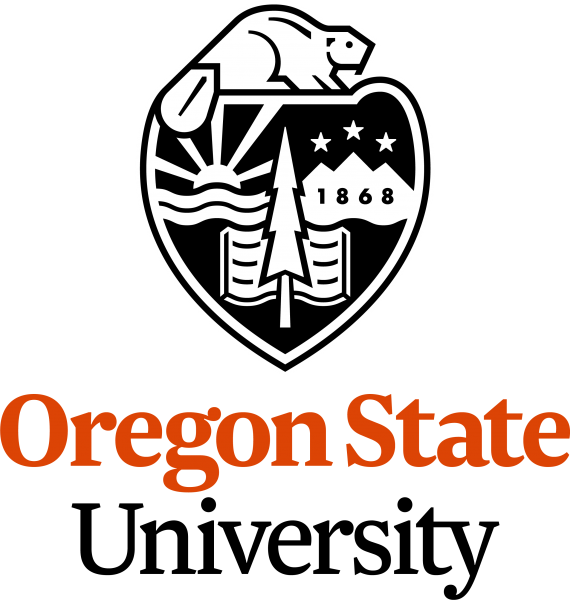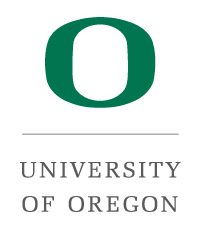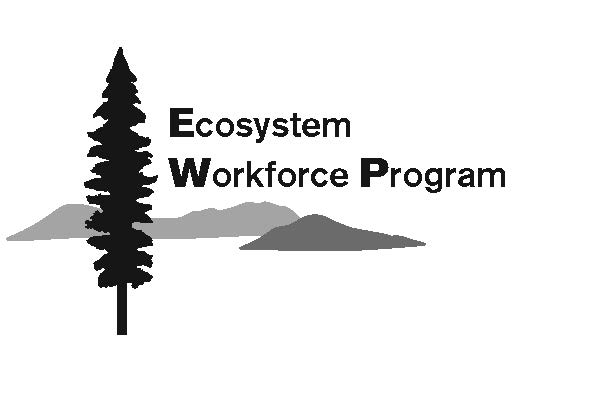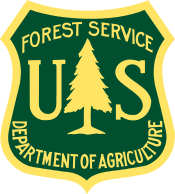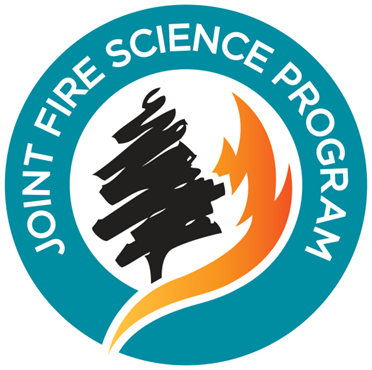Partner Feeds
Watson Creek Fire Mid-Day Update 8-26-2018 (Watson Creek Fire Wildfire)
Ramsey Canyon Fire Evacuation Levels Lowered (Ramsey Canyon Fire Wildfire)
Watson Creek Fire Daily Update 8-26-18 (Watson Creek Fire Wildfire)
Air Quality - August 26, 2018 (Cougar Creek Wildfire)
2018-08-26-Spanish-Update-CrescentMTN (McLeod Fire Wildfire)
2018-08-26-Spanish-Update-CrescentMTN (Crescent Mountain Fire Wildfire)
8/26 Natchez Fire Update (Natchez Fire Wildfire)
8/26/2018 Terwilliger Fire Update (Terwilliger Fire Wildfire)
2018-08-26 Smoke Outlook-North Columbia Basin (McLeod Fire Wildfire)
2018-08-26 Smoke Outlook- North Columbia Basin (Crescent Mountain Fire Wildfire)
Boyds Fire Update - August 26, 2018 (Boyds Fire Wildfire)
August 26th Udate fore Stubblefield Fires and Jennies Peak Fire (Jennies Peak Fire Wildfire)
Taylor Creek and Klondike Fires Update- Aug 26 (Klondike Fire Wildfire)
Miriam Fire Update August 26,2018 (Miriam Fire Wildfire)
Horns Mountain Update 8-26-18 (Horns Mountain Wildfire)
Taylor Creek and Klondike Fires Daily Update - August 26 (Taylor Creek Fire Wildfire)
Ramsey Canyon Fire 8/26/2018 AM Update (Ramsey Canyon Fire Wildfire)
Smoke Report - August 26 and 27 (Miles Fire Wildfire)
August 26, 2018 Fire Update Cougar Ck, Lost & Bannock Lakes (Cougar Creek Wildfire)
DNR and Tribes: A Year in Review
The Department of Natural Resources (DNR), under Washington State Public Lands Commissioner Hilary Franz, works alongside tribal sovereigns to improve conditions for salmon, mitigate the impacts of climate change, address and improve protections for cultural and natural resources, support sustainable resource economies, and address the cumulative impacts of activities on state owned landscapes. The Agency is also committed to strengthening the health and resilience of our lands and waters, restoring Puget Sound, and supporting salmon recovery.
The Department recognizes the Tribes’ separate rights and authorities and maintains government-to-government relations with the 29 recognized Indian Tribes residing in the state of Washington as well as other interested Indian Tribes outside of the state of Washington. Here are a few examples of how we’re engaging with tribes within the highest levels of our agency.
- In November of 2017, the Stillaguamish Tribe of Indians and Chairman Shawn Yanity generously co-hosted a Natural Resource Summit with DNR. Topics included aquatic issues, recreation on DNR lands, forest health, and protection of cultural resources.
- DNR is also privileged to have tribal representatives serve and advise on the Board of Geographic Names, Forest Practices Board, Teanaway Community Forest Advisory Committee and Wildland Fire Advisory Board.
- At the national level, last year DNR partnered with the Confederated Tribes of the Colville Reservation and others for a Learning Lab on carbon sequestration in Washington DC.
Below are a few highlights from last year, recently provided for the 2018 Centennial Accord, regarding our work to ensure management of state-owned and other significant lands is done in collaboration with the federally recognized tribes of Washington State.
Orca, Salmon, and Aquatic Restoration
DNR is participating on the Southern Resident Killer Whale Task Force to identify immediate and near term actions that can be taken by DNR and others to support recovery. DNR’s current efforts for riparian and nearshore protection of forage fish and salmon habitat directly supports Orca habitat and their prey. We also advocate for greater compliance with existing regulations that can protect Orca habitat and prey.
The past year, agency restoration efforts on state-owned aquatic and uplands improved multiple watersheds in collaboration with the Lummi Nation, Nooksack Indian Tribe, Quinault Indian Nation (photo is from Upper Quinault River restoration project), Stillaguamish Tribe of Indians, and Confederated Tribes and Bands of the Yakama Nation. DNR is also actively working with the Cowlitz Indian Tribe to facilitate in-stream salmon restoration projects on state trust land in the Abernathy Creek drainage.
Working with tribes to prioritize key projects, DNR removed or replaced 1,543 culverts, opening almost 800 miles of habitat to fish over the last decade. Of those 1,543 culverts, only 148 were injunction related. DNR has only two culverts remaining from the original injunction, one of which is on target for completion within the next few years.
Thoughtful Land Transactions
DNR has increased outreach and notification efforts to tribes regarding proposed land transactions to enhance transparency about land ownership changes that may impact access to cultural resources. In addition, DNR worked with the Confederated Tribes of the Chehalis Reservation to transfer into tribal ownership 3 parcels/30 acres of land of tribal significance located in the floodplain of the Chehalis River.
Making State Lands and DNR Staff Available
Spending time on the land and learning together enhances understanding.
- Participants from multiple tribes participated in a root digging stick workshop at Evergreen State College Longhouse in the spring. DNR state lands archaeologists participated, providing resources and assistance.
- Tulalip Tribes held a three-day cedar harvesting event within DNR’s timber stands. Resulting cedar bark mortar boards were presented to tribal graduates. Tribal members from multiple tribes accessed DNR lands for traditional medicines and practices.
- Region staff participated in cedar bark stripping demonstration by the Quileute Tribe and a ceremony and harvest of a cedar tree for a canoe.
- State Lands staff participated in a cultural training sponsored by the Cowlitz Indian Tribe to better understand the impacts of staff decisions.
In addition, agency staff recognize that locations that provide opportunities for recreation, can also be places of cultural significance to tribes. DNR staff are actively working with tribal representatives to develop recreation opportunities that mitigate and/or eliminate impacts to these special places.
Managing Emerging Issues
DNR has worked extensively with tribal nations on emergency response activities, including the Atlantic salmon net pen collapse, the landslide at Rattlesnake Ridge and many of the wildfires that have impacted areas of cultural significance.
In addition, the State Geological Survey and the Wildfire Program make grant and resource opportunities available to tribal nations in order to strengthen tribes’ own risk management and response capabilities.
As a result of tribal concerns, improvements have also been made to the Forest Practices application and related processes. Discussions are underway to develop pilot projects to highlight and define best practices and to develop funding streams to support these.
An Ongoing Commitment
Washington’s first people have unique and rich insight into our natural environments. Countless generations have passed down wisdom of how our land’s ecology influences its culture.
The Washington State Department of Natural Resources recognizes the vital knowledge Washington’s first people have of our shared natural resources. DNR works on an ongoing basis toward collaborative relationships and good communication with Tribes in all its programs, at all levels across the agency.
Visit here for more information.
